IMS: Shaping the Future of Multiple Myeloma with Anti-CD38 Quadruplets
Claudio Cerchione, MD, PhD, discusses the benefits of anti-CD38 quadruplet regimens for older patients with multiple myeloma.
Claudio Cerchione, MD, PhD, medical director of hematology at Italy's Istituto Scientifico Romagnolo per lo Studio e la Cura dei Tumori, continued his
Pharmacy Times: Looking ahead, how do you see the role of anti-CD38 quadruplets evolving, and what is most important for pharmacists to know as the treatment landscape advances?
Claudio Cerchione, MD, PhD: The therapeutic scenario in myeloma is evolving month by month. In every international conference, we see new, exciting data.
The first point is that, according to the excellent data we have reached in symptomatic multiple myeloma, we are going to control also the prediseases, and the awareness about smoldering myeloma is also really important. We are going to integrate in our daily practice clinical trials in high-risk smoldering myeloma. The idea is to block the disease, to cure the disease, before a potential evolution into multiple myeloma.
Today, we consider high-risk smoldering myeloma in the patients with the 20-20-20 criteria. The first one is M spike, the second is free light chain ratio, and the third is plasma cells in bone marrow. If we find patients with these criteria, we can start treatment inside the clinical trials. We know that today we have therapy that has been approved. The AQUILA study has shown that daratumumab monotherapy has a role in high-risk smoldering myeloma, and we will see as soon as possible triplets, for example, daratumumab, lenalidomide, and dexamethasone, in the same setting.
So the new challenge will be to prevent myeloma. Inside symptomatic multiple myeloma, we have seen a revolution in the frontline setting. A quadruplet is today the standard of care. We have spoken about EMN02 in transplant-ineligible patients, and we also have CEPHEUS data with VRD in the same setting. But we also have another great revolution in transplant-eligible patients, where PERSEUS (dara-VRD) and GMMG (isa-VRD) have shown incredible results in terms of depth of response with long-term outcomes that are going to become incredible.
In the relapsed/refractory setting, we are going to see a new revolution in terms of new immunotherapies. We are going to see CAR T integrating from the early relapse, bispecific antibodies such as teclistamab approved in Europe, and other bispecific antibodies that are going to arrive—linvoseltamab, talquetamab, and many others. We have also seen from IMS 2025 in Toronto that new CAR T constructs are being developed.
Another frontier will be to, in some way, combine bispecific antibodies with new agents such as carfilzomib. Bispecific antibodies are going to be evaluated also in the frontline setting, and we have seen the TERRA study showing incredible data. The new challenge will be to understand how to sequence agents. We know that there is also the awakening of the antibody-drug conjugate belantamab. We have to understand which is the right patient for that drug.
We have switched from a lack of opportunities to a large number of opportunities. Now we have to understand how to sequence and how to personalize the treatment. With my institution, we are going to evaluate the molecular status of the patients, because I think that it is time for a targeted-driven approach.
Let’s not forget other agents that could be considered as potential bridges to new cellular therapies. Selinexor, in some settings, is really useful in combination with dexamethasone or alone in very particular patients. Melflufen, a peptide-drug conjugate, represents a new way of developing chemotherapy. And there are many other target-specific antibodies active on different molecular statuses of patients.
I think many other opportunities are arriving. The new challenge for our relapsed/refractory patients will be to understand the molecular appearance of the relapse of multiple myeloma and to target in a perfect way these patients—and moreover, to understand how to anticipate CAR T, because I think this will be the real game changer.
And last but not least, the challenge will definitely be to cure multiple myeloma. This is, in my opinion, the best wish that today we can give to our patients, to their caregivers, and to all myeloma researchers.
Newsletter
Stay informed on drug updates, treatment guidelines, and pharmacy practice trends—subscribe to Pharmacy Times for weekly clinical insights.























































































































































































































